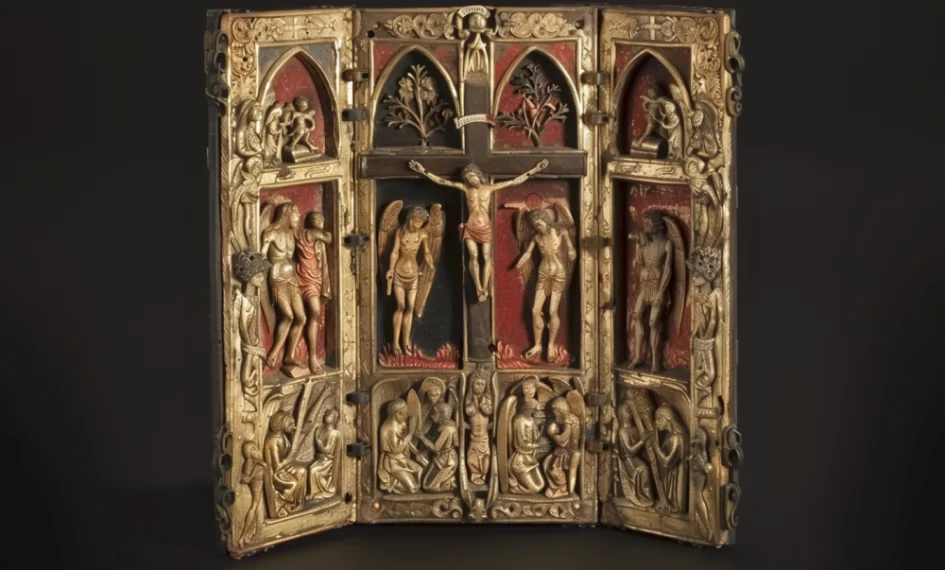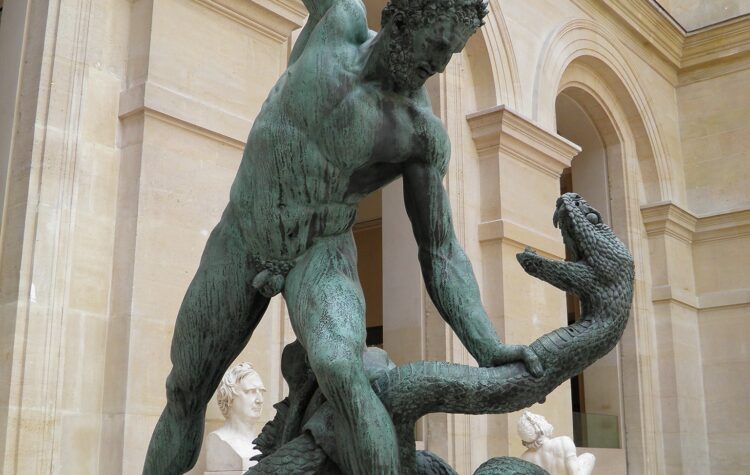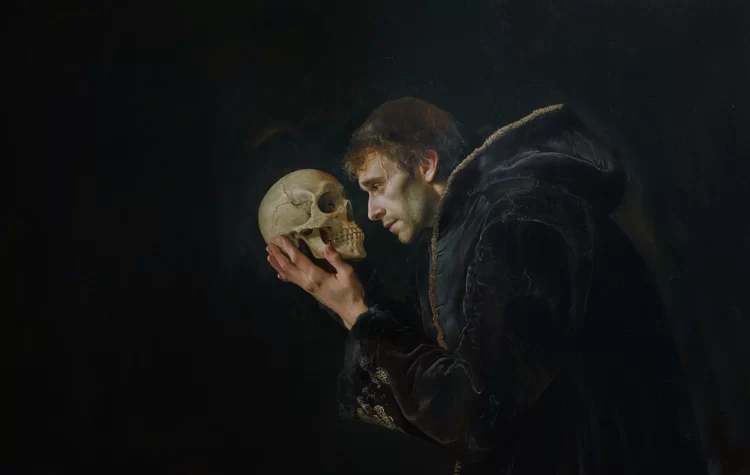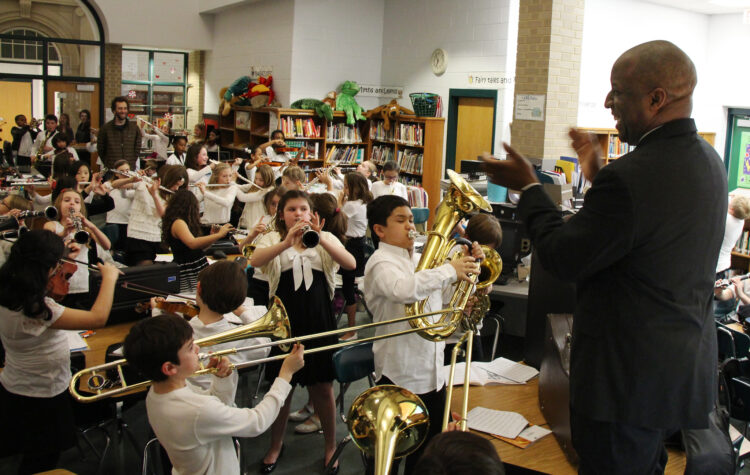Definition:
A triptych is a work of art that is divided into three sections or panels. These panels are usually hinged together and can be closed or opened. The central panel is typically the largest and is flanked by two smaller panels on either side. Triptychs are commonly found in painting, relief carving, and photography, offering a narrative or thematic continuity across the panels. This format has been particularly popular in Christian art, where it has been used for altarpieces and devotional pieces.
Etymology & Origin:
The word “triptych” originates from the Greek “triptychos,” meaning “three-fold.” The prefix “tri-” means “three,” and “ptyche” means “fold” or “layer.” The term entered the English language in the early 18th century, reflecting the art form’s ability to unfold or open in three connected segments. Historically, triptychs were used in early Christian art to tell stories from the Bible or to depict saints, and the format has been adopted and adapted by artists throughout the centuries for both religious and secular subjects.
Examples:
- Medieval and Renaissance triptychs often depict scenes from the life of Christ, with the Crucifixion in the centre panel and scenes from the Nativity and Resurrection on the side panels.
- Modern artists have used the triptych format to explore themes of time, continuity, and contrast, expanding the narrative capabilities of visual art.
- In photography, a triptych might show three different perspectives of the same subject or three stages of an event, creating a dynamic storytelling device.



